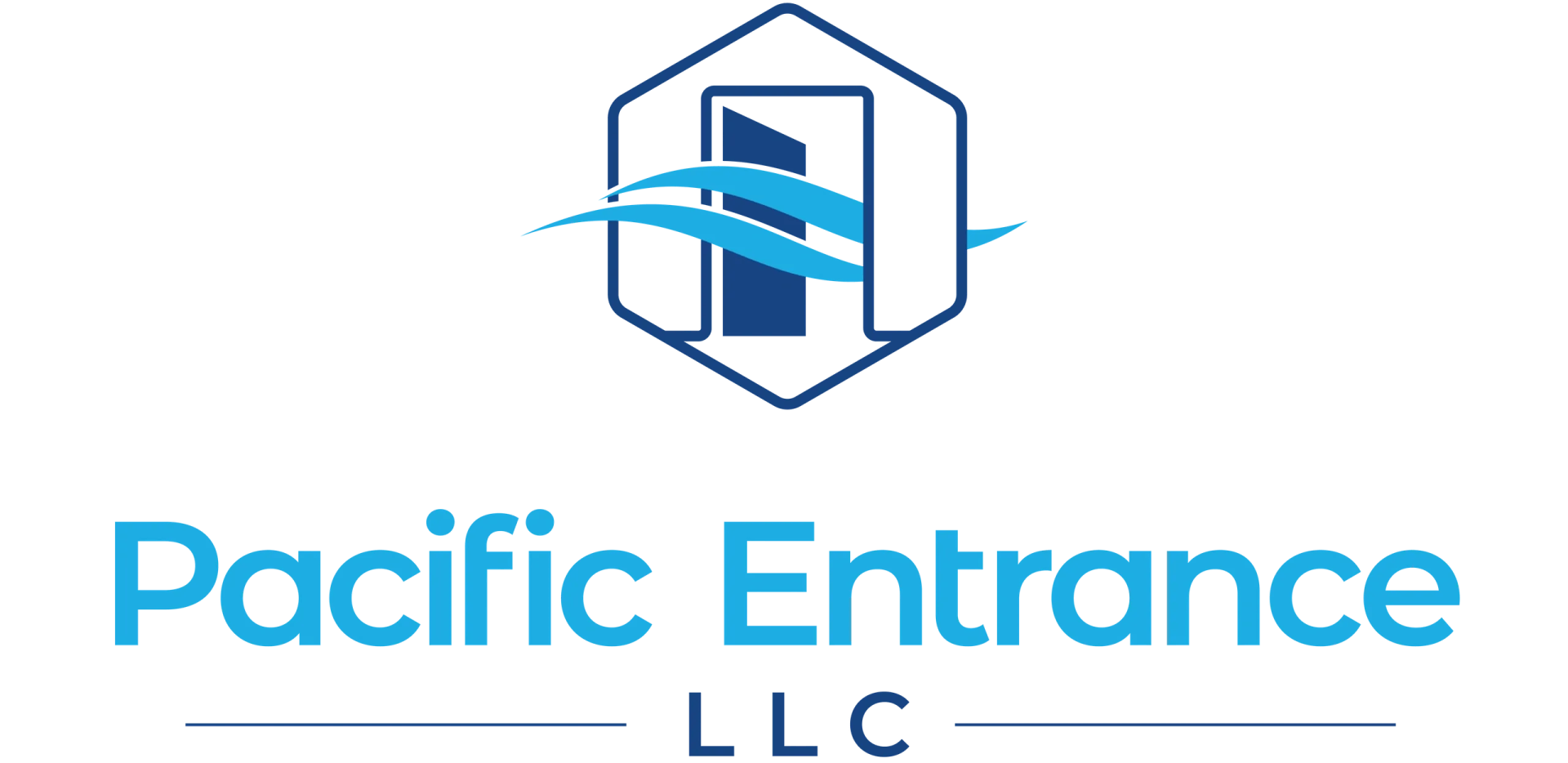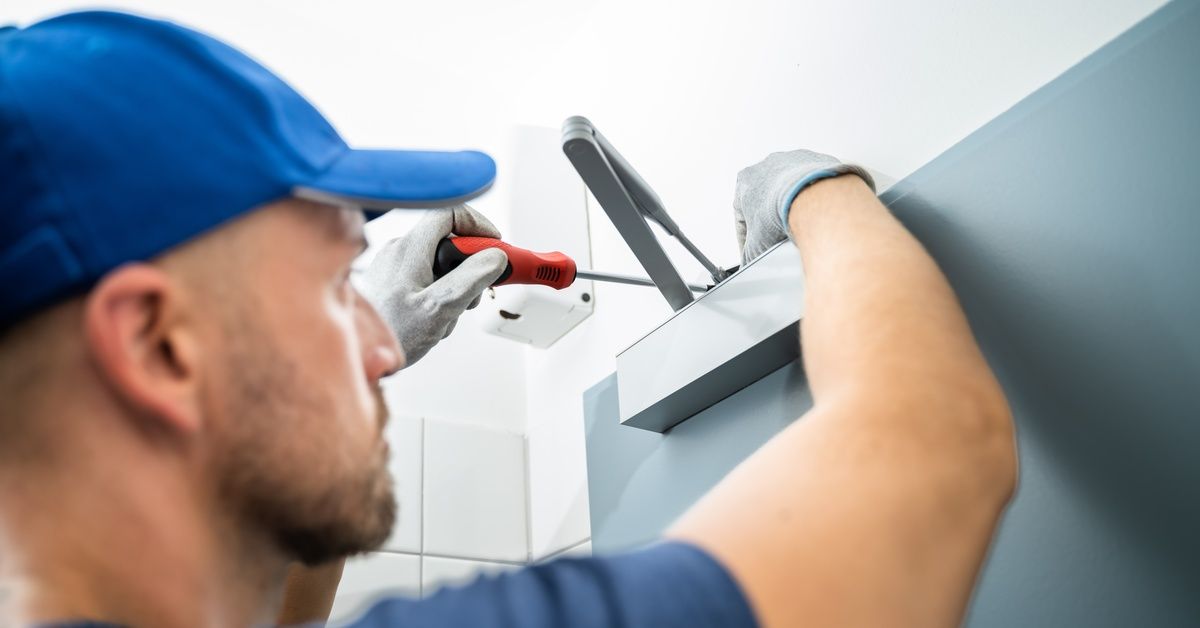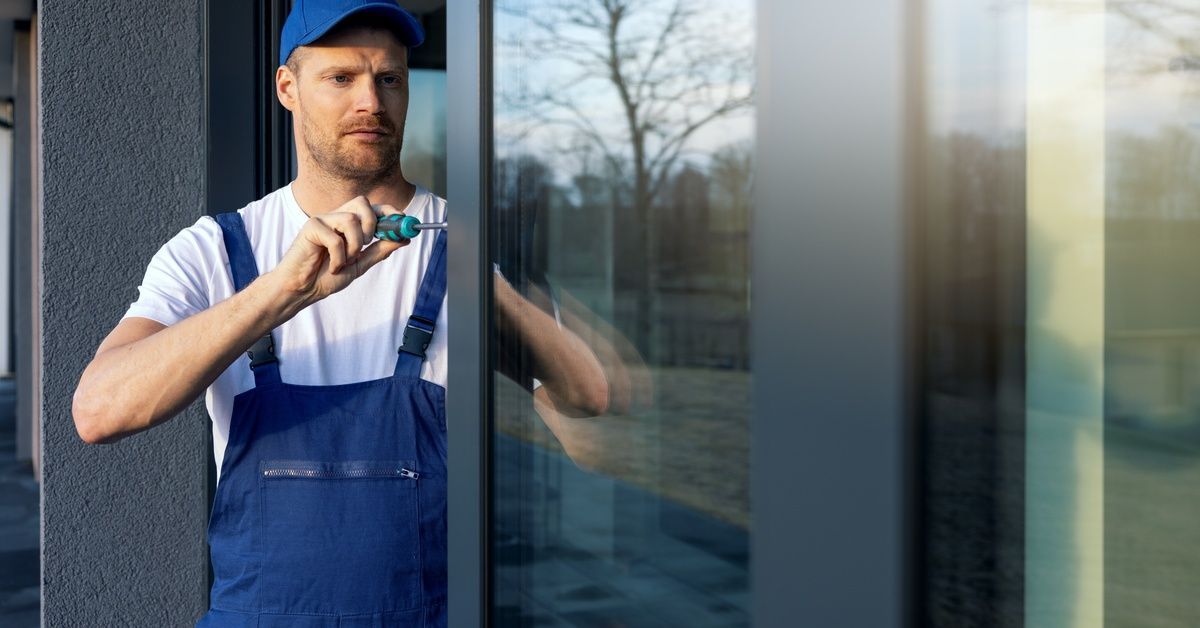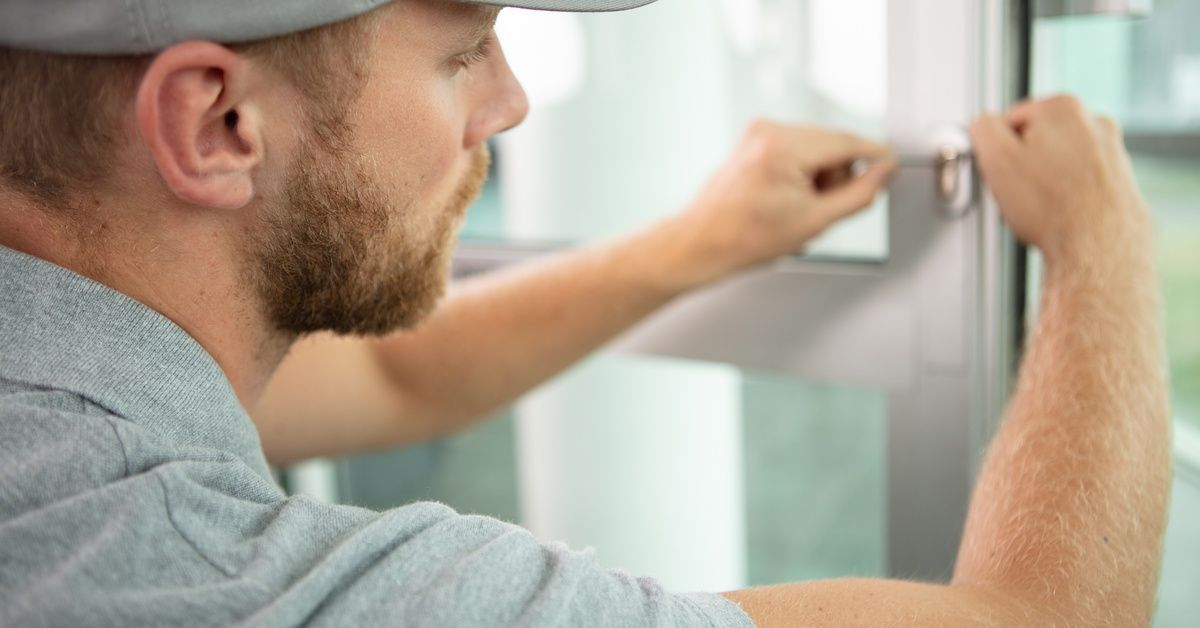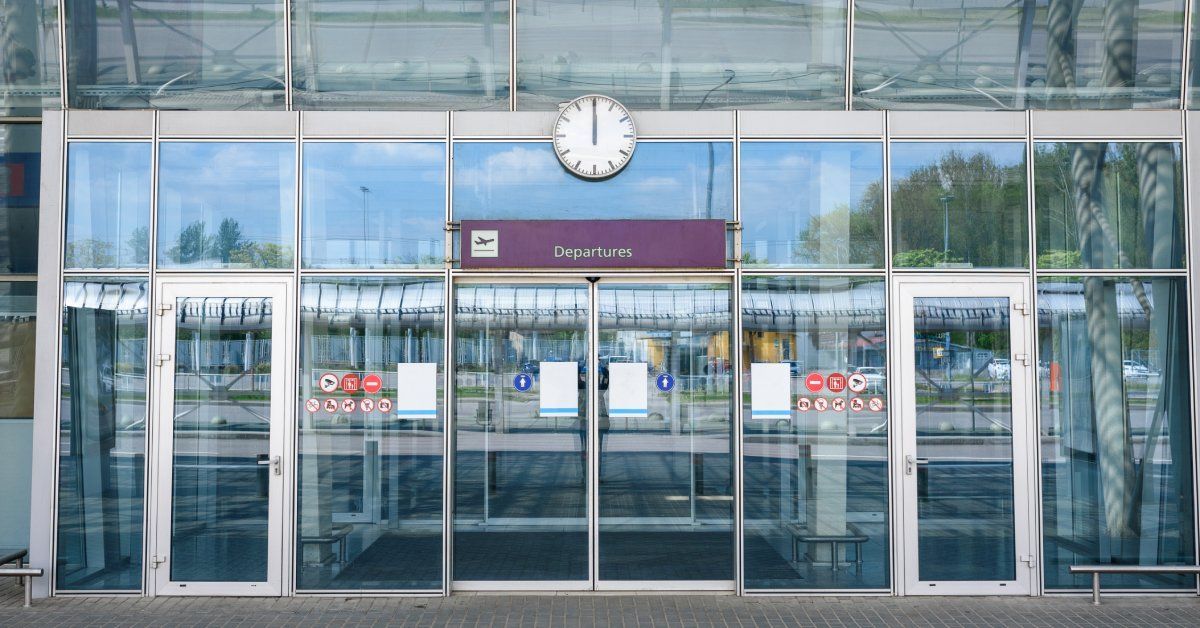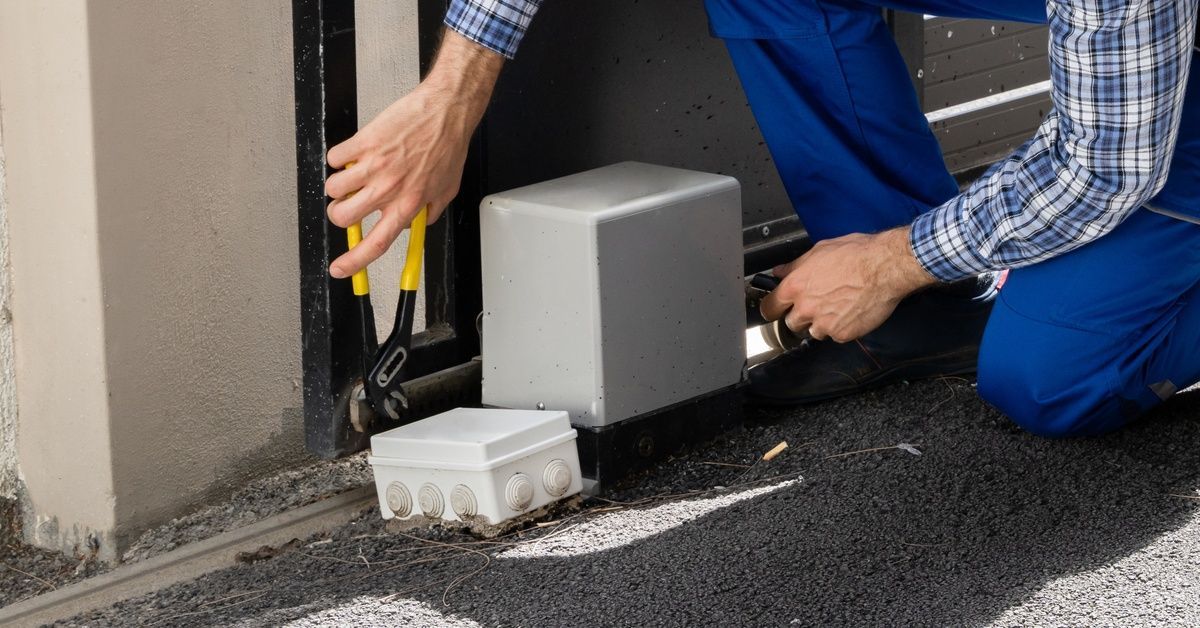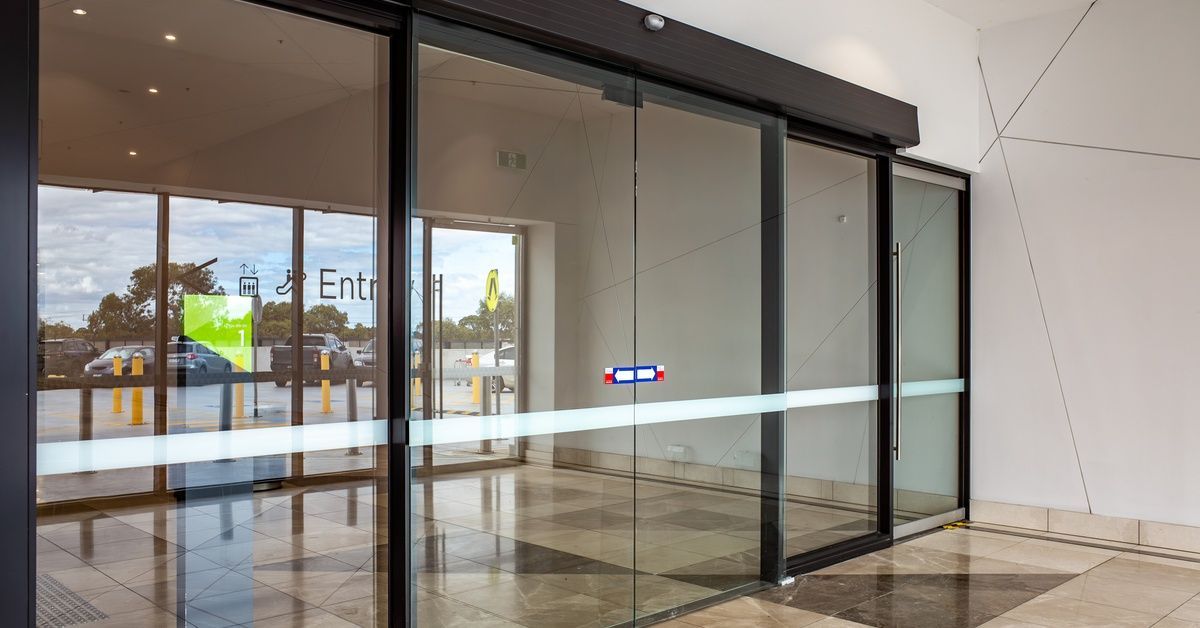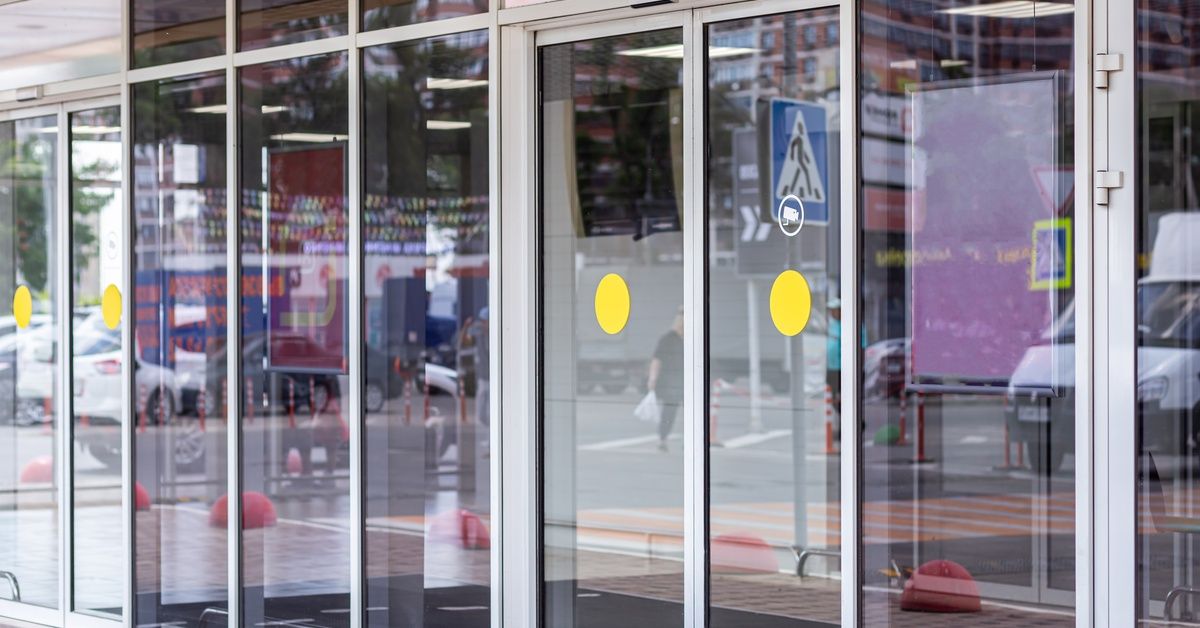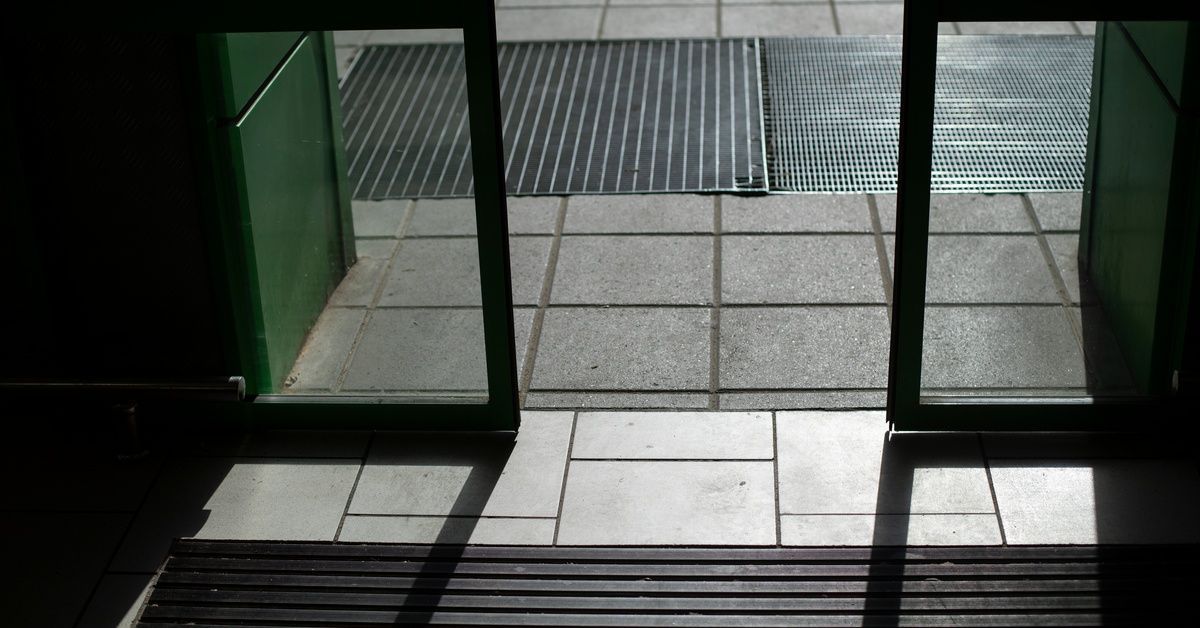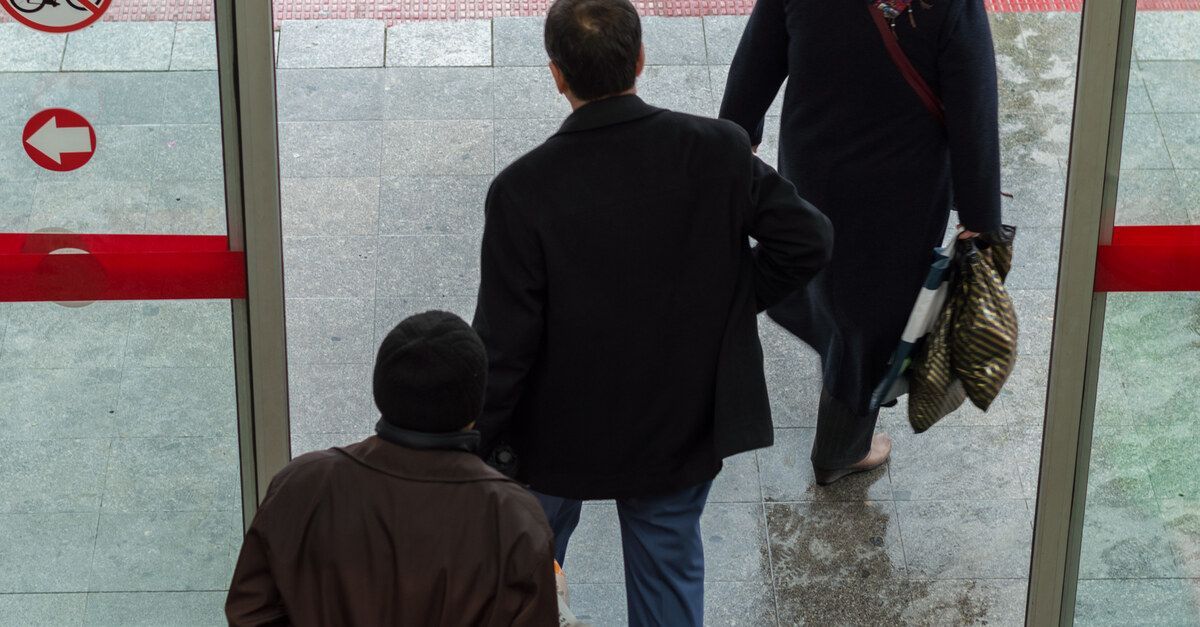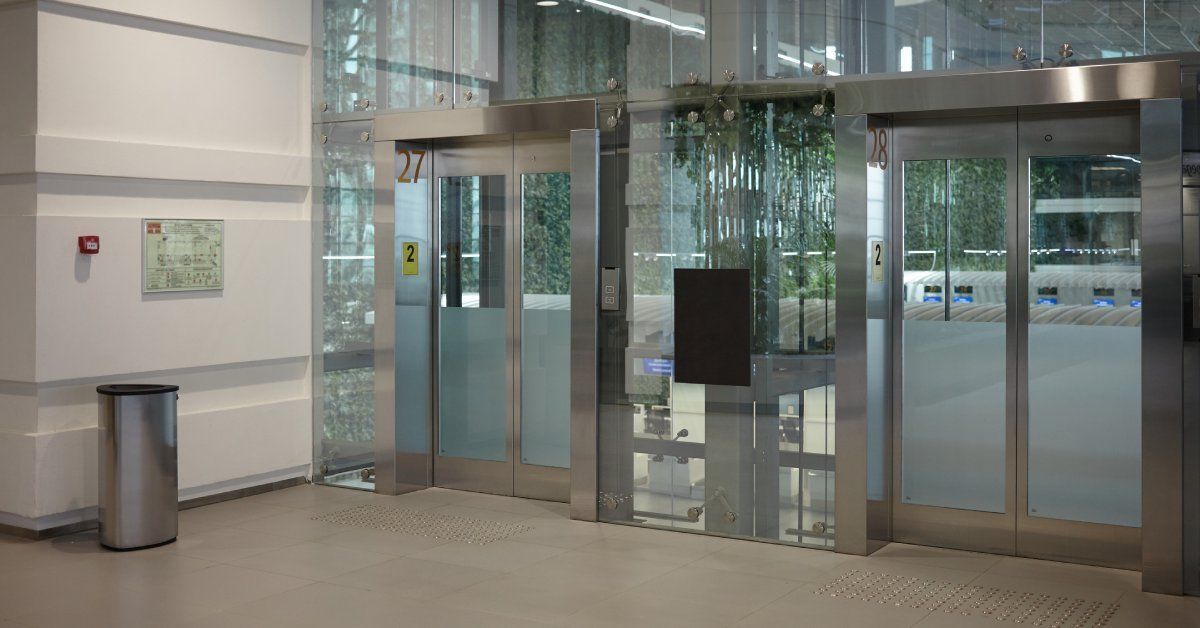4 Energy Saving Ideas for Your Small Business
When you own a small business, you need to know how to prepare for expenses and financial losses that come with the territory. However, not everyone knows what their highest expense is. Some think it’ll be rent or a decrease in sales. In reality, it’s the energy bill. Protect your company from dealing with any more losses in this area. Here are four energy saving ideas for your small business.
Audit the Building
It’s not possible to know where the business is using the most energy without getting an energy audit. The audit will tell you the areas and times of day when you use energy the most. It provides a baseline for energy use.
And it will give you options for lowering that rating. Most readings will suggest that you change your light bulbs and turn off the lights when you’re not using them. Other reports will have more specific suggestions based on the order of operations inside the company. A lot of electric companies offer free audits; all you need to do is call.
Change Work Hours
The typical peak hours of any business are nine a.m. to five p.m. It’s the way of the world. But these are also prime energy hours. During the hours of operation, your business uses the most energy to power through.
It’s not ideal to start work at six p.m. for most companies, but you can start to stagger your work hours. Change the start time from nine a.m. to 10 a.m. And refrain from operating heavy equipment during some of these hours. It might be a slight adjustment, but it will make a difference in your energy bill.
Update the Entrance
Considering an automatic sliding door installation may seem like you’re moving in the opposite direction, but it’s not. Automatic doors contribute to saving energy and reducing heating and cooling costs. You don’t know how much money flies out the door with traditional doors.
Automatic doors close the doors at the precise moment they need to and keep the heat or cool air inside. The doors open only when activated and close right afterward, so you don’t have to worry about someone accidentally leaving them open. They also prevent dust from entering the ducts and disturbing the air circulation quality.
Program the Thermostat
You don’t need to activate the thermostat when there are no occupants inside the building. Moreover, it doesn’t need to be active when the temperatures outside aren’t extreme. So consider installing a smart thermostat.
A smart thermostat learns the patterns of a residence and adjusts heating and cooling according to when someone is inside the space. You can also program it to shut off at closing time. The thermostat will kick back on before you open in the morning.
At Pacific Entrance LLC, we want to help your small business thrive and save energy with the most efficient ideas possible. For more information, visit our website.
